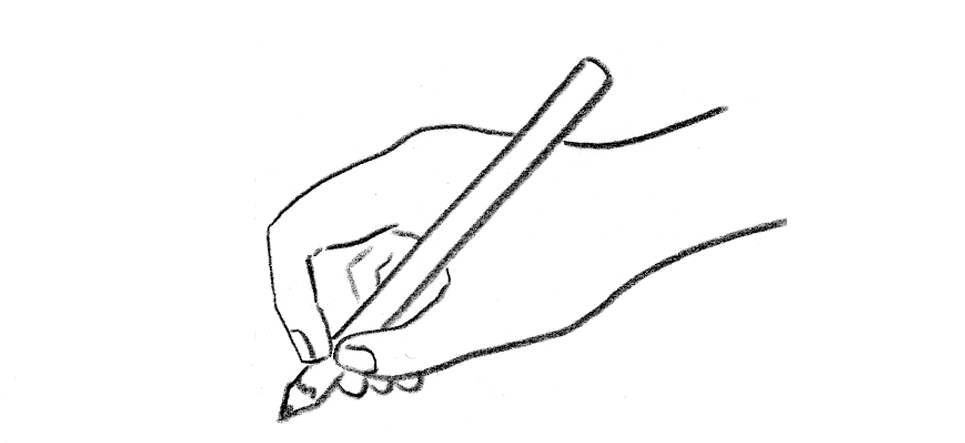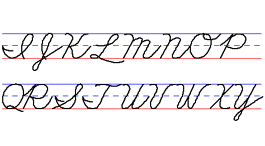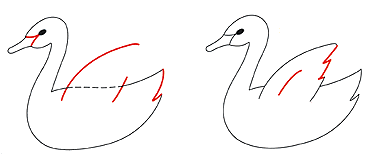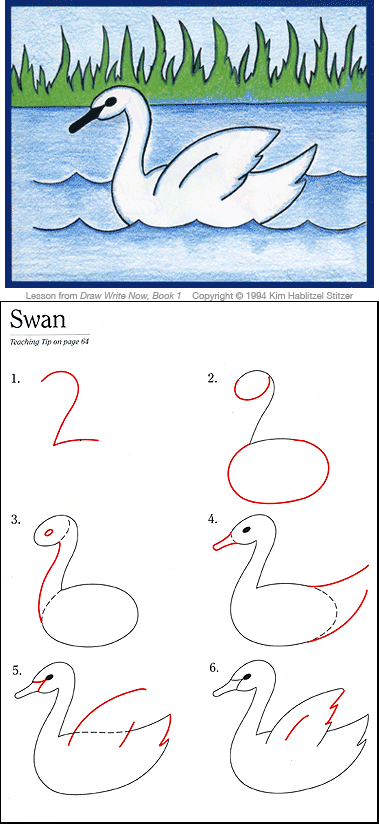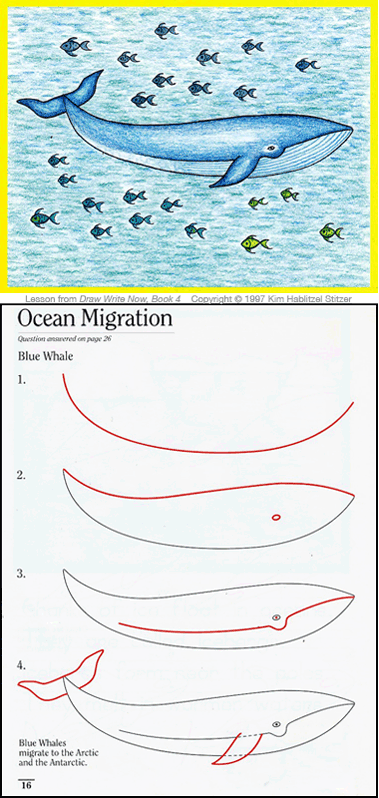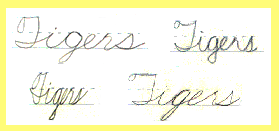“My child is 10 and she hates writing.
What can I do to help?”
Focus on drawing and add a little writing on the side! Keep in mind that an older child’s handwriting habits are pretty well ingrained, making changes can take longer. Be patient, have fun and plan to practice regularly and carefully.
Handwriting Practice
Somewhere along the line, your child may have missed some basic skills. Start by gaining an understanding of the progression of language arts skills. Keep this in mind as you draw and write with her. Start with the sample lessons of the swan (Book 1), whale (Book 4) and tiger (Book 7). Keep the practice time short, easing into more writing as her skills improve. Find more lessons in the Draw Write Now books. An older child is able to do any of the lessons in the series, so look at the Table of Contents and select a book that she finds most interesting.
Pencil Grasp
Look at how she holds her pencil. The older the child, the stronger the habits, so don’t expect her grasp to be corrected within a week. Exercises to improve fine motor skills can help.
Posture
She may need help with her posture. Exercises to improve gross motor skills will help.
If your child bristles at the idea of writing practice, drawing may be the thing that motivates her to put a pencil to paper. The skills of handwriting and drawing are similar, so there will be some improvement even if she doesn’t write a word!











